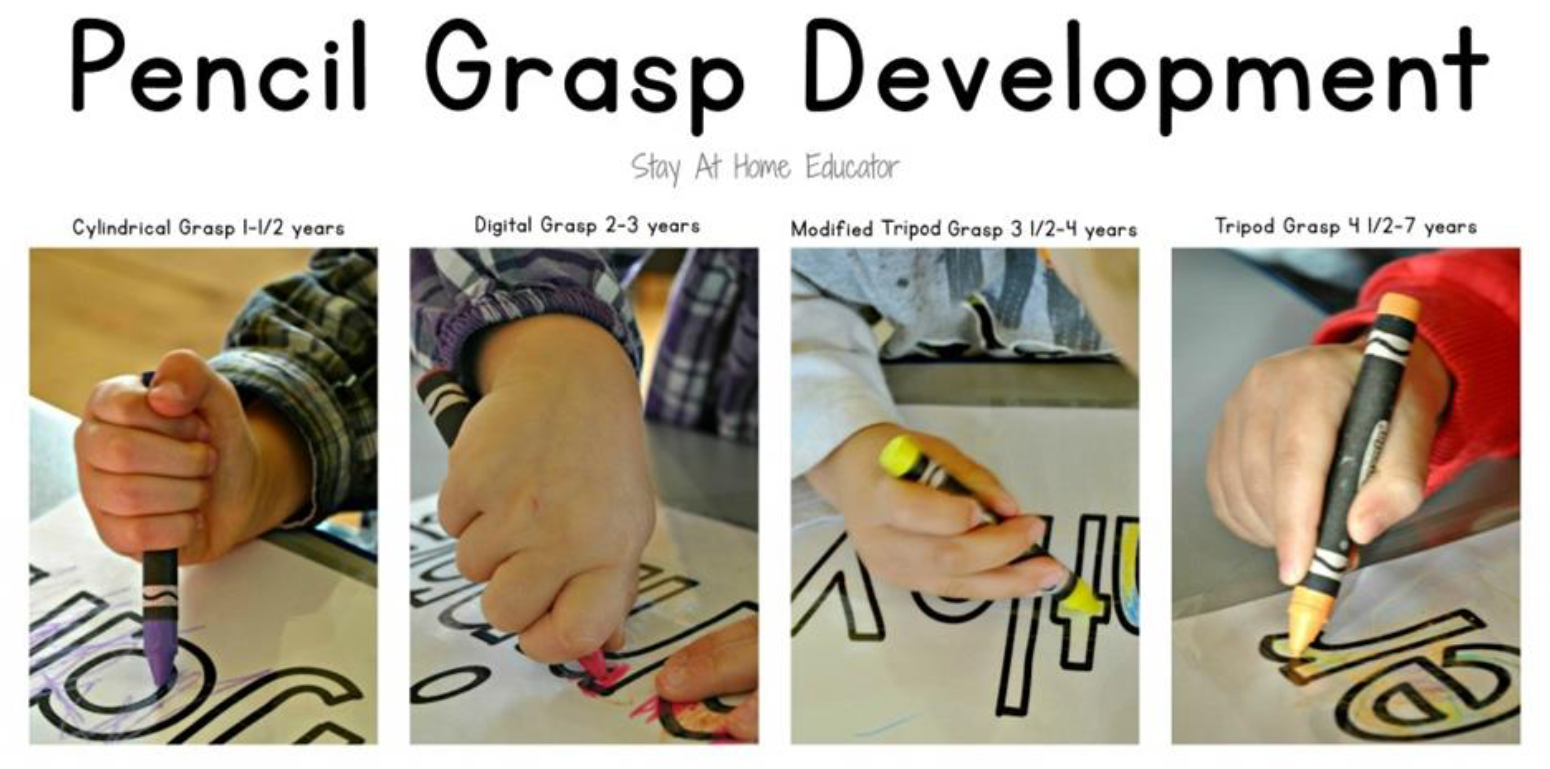There are lots of ways in which you can help your child develop their literacy skills. Yes, even at home.
At home, you can enrich a children’s literacy knowledge simply by exposing them to language in everyday life: Menus, movie descriptions, recipes, sign posts, food labels and assembly instructions. Read them aloud to your kids and point to the words as you say them. This helps children develop their vocabulary, their linguistic/phonemic awareness and their ability to connect words and ideas.
It’s also important to give your children oil pastels, textas or pens and allow them to scribble on paper (it could get messy though, plan accordingly). Doing this allows children to strengthen their hand/arm muscles and their motor skills. It will also see them become familiar with pen grasps and general mark-making.

(Doesn’t matter where your child is in the development process – they will benefit from this activity).
As children build up the strength in their arms/hands, start giving them pencils, hard crayons or chalk which require more skill and strength.
Remember:
- Provide children with different types of things to draw on e.g. cardboard or a colouring book. It will keep things fresh and engaging for them.
- For safety: Store drawing tools in clear containers with labels, let the child point to which one they want to use.
- Ensure that your child has a role model to guide them through the activity, whether it’s you, one of their older siblings or a trusted friend/ relative. A role model can draw with the child or even do their own writing (a shopping list or birthday card etc) which the child can observe. Help them if they ask BUT don’t tell the child what to do, which hand they should use or how to hold the drawing tool etc. Let the child do what comes naturally to them. Feel free to offer up some tips though e.g. “I like to lean on the table so that I have more control” or “I hold my pencil close to the tip so that I can write small letters.”
Before a child can write, it’s so important for them to build strength in their hand/arm muscles. We highly, highly recommend that your child play with playdough. A child-friendly room isn’t complete without it! Playdough is a fun and effective resource that enables a child to exercise their fine motor skills. You can buy it or make it yourself…my favourite playdough recipe can be found here.
Even if your child only spends a few minutes with the playdough at first, don’t give up: Store it in an airtight container and bring it out for them everyday. The more time they spend with it, the more confident and skilled they will become.
Other activities that allow children to improve their fine motor skills include: Threading beads, sorting items, picking things up with tweezers or scooping/squeezing things. Keep those in mind too.
As you can see, helping a child’s literary development doesn’t have to be complicated or boring. It can be as simple as creating an environment where they’re exposed to a variety of words and allowed to freely play and improve their strength and dexterity.
References: Walking with Children on their Journey to Literacy: Practitioner Perspectives ECA learning hub.
This activities mentioned here meet 2 of the 5 Learning Outcomes outlined in the Early Years Learning Framework:
- Outcome 3: Children have a strong sense of wellbeing
- Outcome 5: Children are effective communicators.
Main photo: Shuttershock